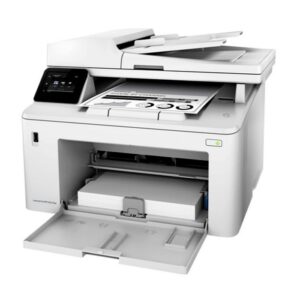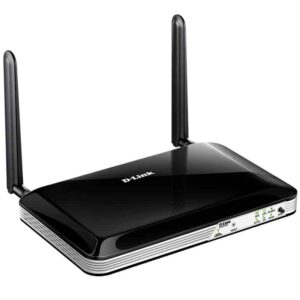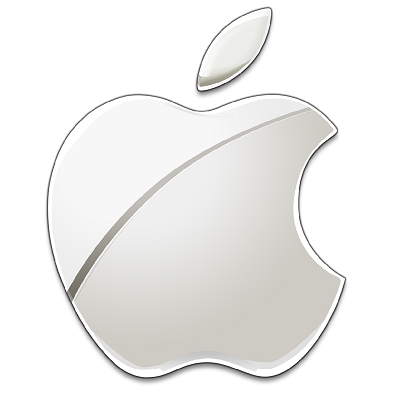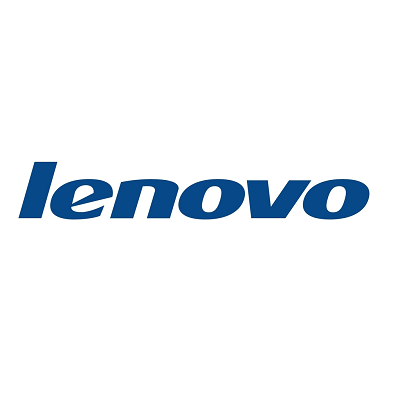It’s a common head-scratcher for consumers: you can walk into an electronics store and find a 50-inch 4K “smart” TV for a seemingly incredible price, yet a 27-inch computer monitor with similar resolution might cost just as much, or even more. This apparent paradox often leads people to question why monitors more expensive than TVs.
The answer lies in a combination of technical specifications, manufacturing priorities, and market dynamics. While both devices display images, their fundamental purposes and the engineering required to achieve those purposes differ significantly.
Here’s a breakdown of the key reasons why monitors are more expensive than TVs:

1. Performance Priorities: Speed and Precision vs. Immersion and Broadcast
- Monitors: Built for Up-Close, Interactive Use.
- Low Input Lag: When you move your mouse or type on a keyboard, you expect an instantaneous response on screen. Monitors are engineered to minimize the delay between your input and the image appearing on the display. This “input lag” is critical for productivity, competitive gaming, and precise creative work.
- Fast Response Times: Measured in milliseconds (ms), response time refers to how quickly a pixel can change color. Gaming monitors, in particular, aim for 1ms GtG (gray-to-gray) response times to eliminate motion blur and ghosting in fast-paced action.
- High Refresh Rates: For smooth scrolling, fluid animations, and competitive gaming, monitors often boast refresh rates of 120Hz, 144Hz, 240Hz, or even higher. This means the image updates many more times per second than a standard TV.
- Pixel Density & Text Clarity: Monitors are viewed from a much closer distance. Therefore, they often pack more pixels into a smaller area (higher Pixels Per Inch – PPI) to ensure text and fine details appear exceptionally sharp and clear, preventing eye strain during long work sessions.
- TVs: Built for Distant, Passive Consumption.
- Entertainment Focus: TVs are primarily designed for watching movies, TV shows, and console gaming from a distance. The emphasis is on large, vibrant, and immersive visuals that look good from a sofa.
- Image Processing: TVs often employ extensive image processing (motion smoothing, upscaling, noise reduction) to make broadcast content and lower-resolution videos look better on a large screen. While this enhances movie watching, it can introduce noticeable input lag and make text appear blurry or “smoothed out” when used with a PC.
- Lower Refresh Rates & Higher Input Lag: Standard TVs typically have 60Hz or 120Hz refresh rates, and while newer gaming-focused TVs are catching up, many still have higher input lag compared to monitors, which is acceptable for cinema but problematic for PC interaction.
- Built-in “Smart” Features: TVs include tuners, streaming apps, speakers, and often full operating systems.
2. Manufacturing & Panel Quality
- Tighter Tolerances for Monitors: Manufacturing panels with very high pixel density and extremely fast response times, especially in smaller form factors, requires more precise manufacturing processes and stricter quality control.
- Panel Grading: Manufacturers often grade panels. The highest-grade panels with the fewest imperfections, best uniformity, and fastest response times are typically reserved for monitors, especially high-end gaming or professional displays.
- Color Accuracy: Professional monitors, in particular, undergo rigorous factory calibration to ensure highly accurate color reproduction. This is vital for graphic design, video editing, and photography, where precise colors are paramount. TVs, while vibrant, often prioritize punchy, oversaturated colors for consumer appeal rather than strict accuracy.
3. Market Dynamics & Economies of Scale
- Mass Production of TV Panels: The global TV market is enormous, selling hundreds of millions of units annually. This massive scale allows manufacturers to produce TV panels very cheaply through economies of scale.
- Smaller, Specialized Monitor Market: While the monitor market is significant, it’s considerably smaller and more specialized than the TV market. The demand for ultra-high refresh rate gaming monitors or color-accurate professional displays is much lower than for a general-purpose living room TV. Lower production volumes often mean higher per-unit costs.
- “Race to the Bottom” for TVs: The highly competitive TV market, especially for mainstream sizes, often drives prices down as manufacturers fight for market share. This fierce competition isn’t as prevalent in many niche monitor segments.
4. Connectivity and Ergonomics
- Monitor Connectivity: Monitors often offer a wider array of digital inputs (multiple DisplayPort, HDMI, USB-C with power delivery, USB hubs, KVM switches) to connect to various PCs and peripherals. These advanced connectivity options can add to the cost.
- Ergonomics: Monitors typically come with highly adjustable stands (height, tilt, swivel, pivot) for optimal user comfort during long hours of use. These robust, multi-axis stands are more complex and costly to produce than the basic fixed stands found on most TVs.
In Conclusion: It’s About Purpose, Not Just Size
While a larger TV might seem like a better deal on paper due to its sheer size, the pricing discrepancy between monitors and TVs boils down to their intended use and the underlying engineering. Monitors are specialized tools built for precision, speed, and close-up clarity, essential for interactive computing and demanding applications. The higher cost of a monitor reflects the advanced panel technology, stricter quality control, and specialized features required to meet the unique demands of a desktop computing environment.monitors more expensive than TVs
















